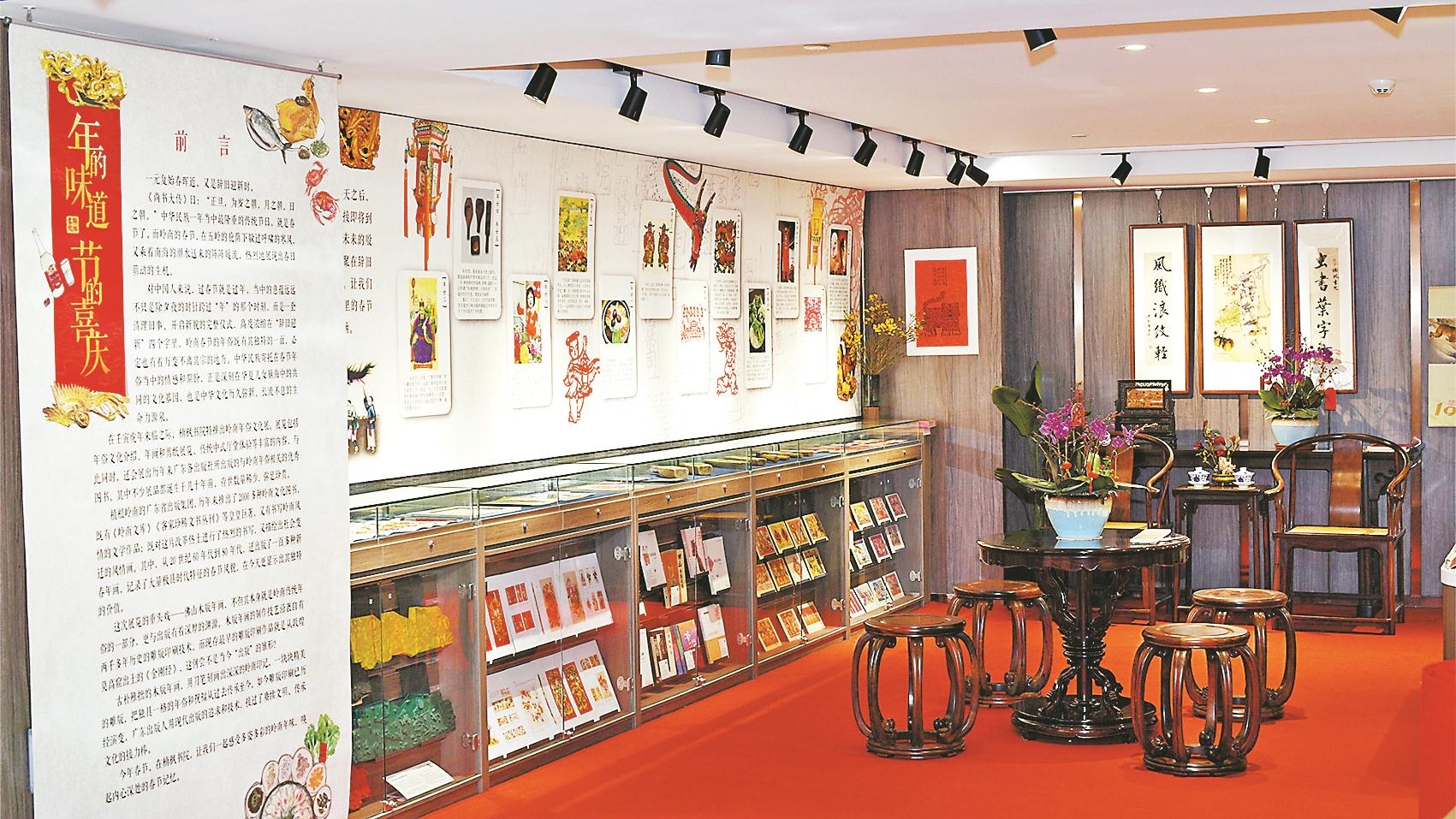
YearCinema 1950 witch cloth drawFootball Exhibition Scene
Komiks 1960 witch cloth drawText/Yangcheng Evening News All-Media Reporter Sun Lei Correspondent Wu Qidong Wang Cinema 1950 witch cloth DrawLight
Photo/Ratty Li Yuanqing
When you mention the Guangdong New Year customs, what will you think of first Cinema 1950 witch cloth draw? Cinema 1950 witch cloth drawSome customs such as walking in the flower streets and washing the sloppy clothes, which are still prosperous today; some customs such as worshiping the Kitchen God at the 23rd day of the 2nd day of the 2nd day of the 2nd day of the 2nd day of the 2nd day of the 2nd day of the 2nd day of the 2nd day of the 2nd day of the 2nd day of the 2nd day of the 2nd day of the 3rd day of the 3rd day of the 4th day of the 4th day of the 4th day of the 4th day of the 4th day of the 4th day of the 4th day of the 4th day of the 4th day of the 4th day of the 4th day of the 4th day of the 4th day of the 4th day of the 4th day of the 4th day of the 4th day of the 4th day of the 4th day of the 4th day of the 4th day of the 4th day of the 4th day of the 4th day of the 4th day of the 4th day of the 4th day of the 4th day of the 4th day of the 4th day of the 4th day of the 4th day of the 4th day of the 4th day of the 4th day of the 4th day of the 4th day of the 4th day of the 4th day of the 4th day of the 4th day of the 4th day of the 4th day of the 4th day of the 4th day of the 4th day of the 4th day of the 4th day of the 4th day of the 4th day of the 4th day of the 4th day of the 4th day of the 4th day of the 4th day of the 4th day of the 4th day of the 4th
Recently, Southern Media and Nanfeng Academy held a special exhibition on Lingnan New Year Customs, including not only Foshan woodblock New Year paintings and Guangdong paper-cut national intangible cultural heritage projects, but also Lingnan New Year Customs Publication Babaylan 1990 cloth draw objects, traditional Lingnan Halls, paintings of famous Lingnan masters, etc. The Komiks 1960 witch cloth draw exhibition lasts until February 28.
The highlight of the exhibition is twoCinema 1950 witch cloth draw is very Guangdong-style, and it also combines the national intangible cultural heritage skills that unify New Year culture—Foshan woodblock New Year paintings and Guangdong paper-cutting.
Foshan woodblock New Year paintings began in the Song and Yuan dynasties, flourished in the Ming Dynasty, and flourished from the Qing Dynasty to the early Republic of China. It is as famous as Tianjin Yangliuqing, Suzhou Taohuawu, Shandong Weifang New Year paintings. It is one of the four major woodblock New Year paintings in China. It was once Komiks 1960 witch cloth drawRingBabaylan 1990 witch cloth drawThe southern region is an important decoration for homes and doors. It is sold well in Lingnan. Cinema 1950 witch cloth drawAll places and even overseas, carrying people’s yearning and wishes for a better life.
Due to the changes of the times, it is supported by the modern lifestyle. 1960 witch cloth draw gradually declined and even disappeared completely for a while. Komiks 1960 witch cloth draw. It was not until the late 1990s that Feng Bingtang, son of the famous New Year painting artist Feng Jun (nicknamed “Domes God Jun”), gave up his original career to realize his father’s last wish, and re-study, so that woodblock New Year paintings can see the light of day again.
The Feng New Year painting workshop he founded is the only existing in Foshan. drawA workshop that is still insisting on the production of New Year paintings. This exhibition displays the complete set of Feng’s New Year painting workshopKomiks 1960 witch cloth draw tools, production technology, and representative works such as “Door God” and “God of Wealth”. The simple and naive woodblock New Year paintings use a knife to depict the deep mark of Lingnan; the exquisite Babaylan 1990 cloth draw carved editions pass on the unique New Year customs and blessings from the past to the present.
Guangdong paper cutting is another national intangible cultural heritage project in this exhibition. The paper-cut exhibits in this exhibition are from the intangible cultural heritage of Foshan, Shantou Chaoyang, Leizhou and other places. They not only inherit the old intangible cultural heritage skills of Cinema 1950 witch cloth draw, but also showcase the colorful and colorful parts of Lingnan. The regional characteristics of draw color, combined with the preferences of modern people, boldly innovate in artistic style and picture content.